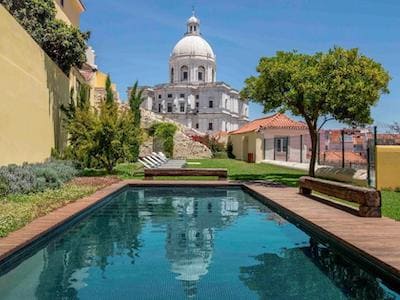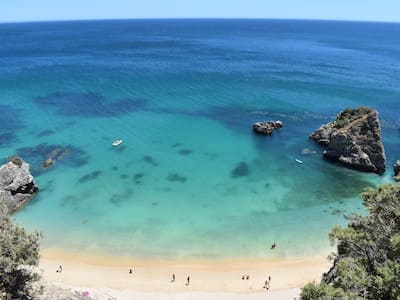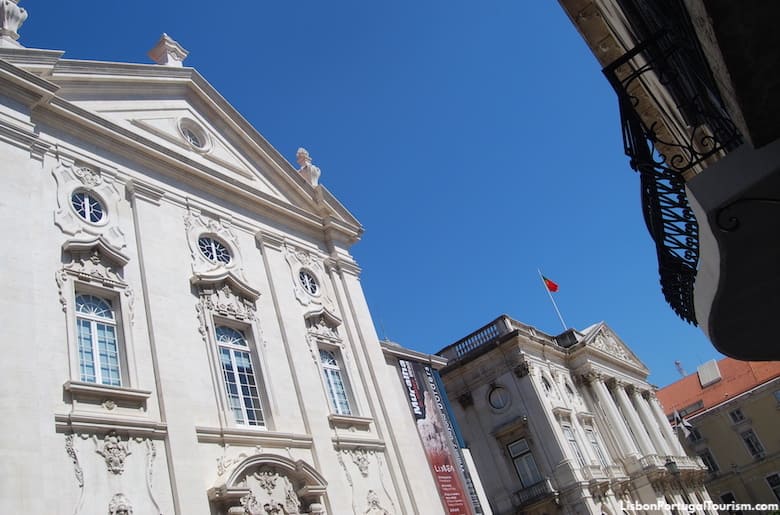
The former church that's now the Money Museum
A church from the 1600s, rebuilt in late Baroque style after the Great Earthquake of 1755, is now a museum presenting the history of money. The exhibition includes hundreds of rare banknotes and coins from around the world, including the first Portuguese note, and the first note and the first coin in the West and the East.
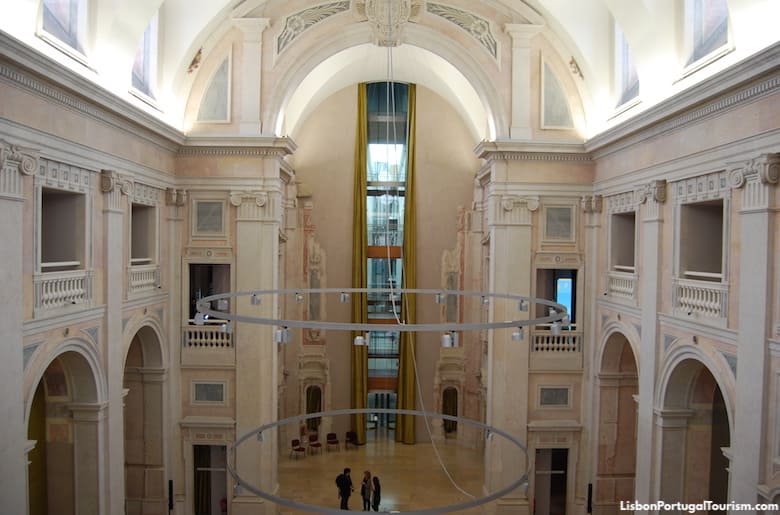
Inside the church-museum
A large display case exhibits numismatic treasures that recall the Age of Discovery, a coin minted with gold from Brazil, and a singular piece -- an Oban, a monetary ovoid gold plate from Japan.
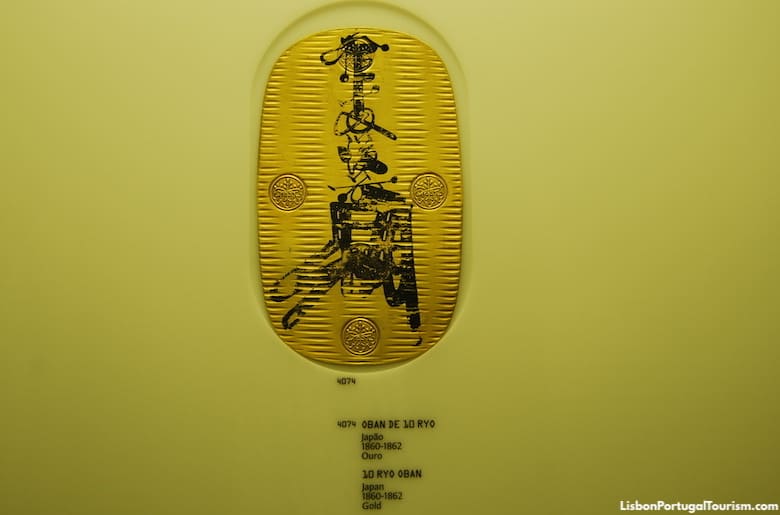
A Japanese "Oban" is one of the museum's priceless pieces
This is an interactive museum, inviting visitors to mint a coin and to print a bill with their own image, as well as to touch a gold bar weighing over 12 kg (26 lbs), worth around half a million euros. It’s found by the ticket counter, inside a 7-tonne vault, which protected the country’s gold reserves.
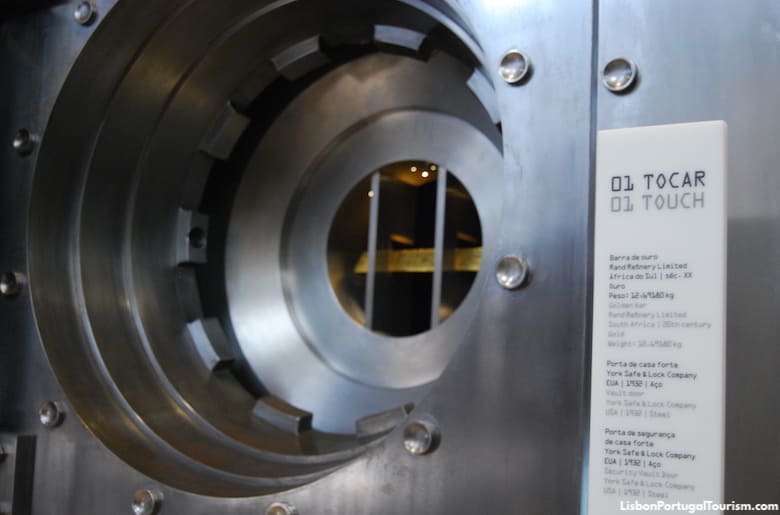
A gold bar, which visitors are allowed to touch
The ticket comes with a barcode which lets visitors register their experience with the different interactive displays, making it then available online to be shared on social media.
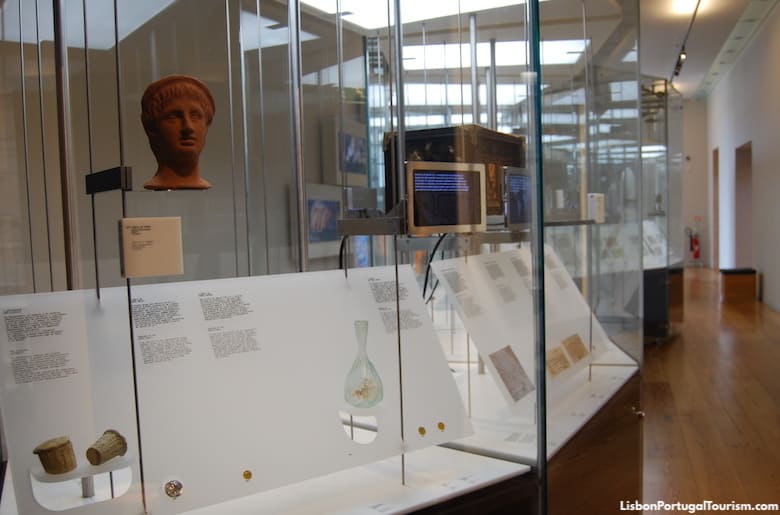
Several displays show the evolution of money around the world
During the tour, visitors may still head to the church’s basement to see a medieval construction -- a section of the wall built by King Dinis in the 13th century, discovered in 2010. The wall separated the river and the medieval city, and defended it from attacks from the sea. Archaeological remains found on the site are now on display, telling the story of waterfront Lisbon from the last thousand years.
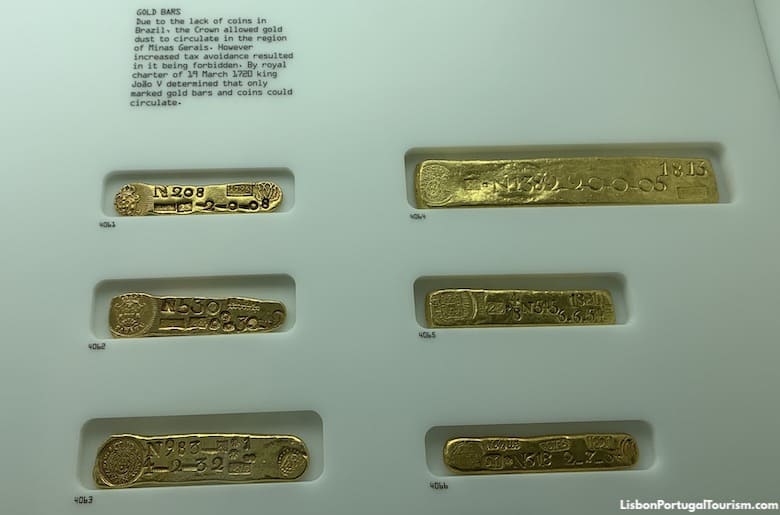
Gold bars used by the Portuguese as money in Brazil
How to Get to the Money Museum
The Money Museum is a short walk from the Baixa-Chiado metro station, on the blue and green lines.
You may ride the metro (as well as the city’s buses, trams, funiculars and trains) for free with the Lisboa Card.
Largo de S. Julião, Baixa
www.museudodinheiro.pt
Admission and Tickets to the Money Museum
Admission is free.
It's closed on Mondays and Tuesdays.
Attractions Nearby
The triumphal arch and Lisbon’s grandest square (Praça do Comércio) are around the corner from the museum, and all of downtown’s attractions are within walking distance.

